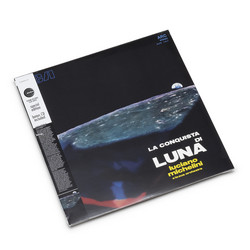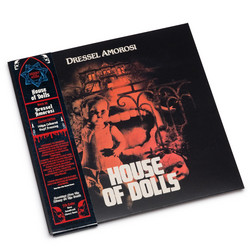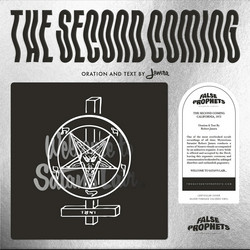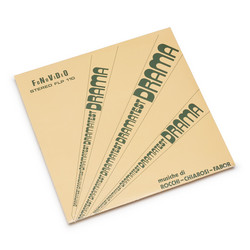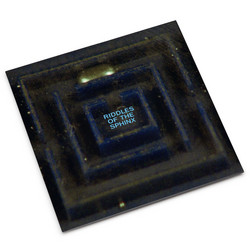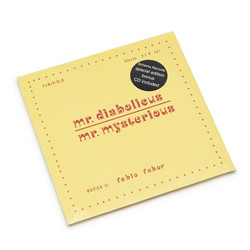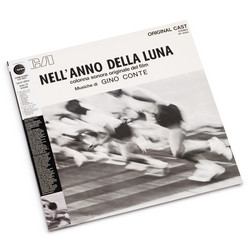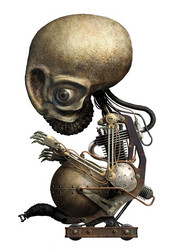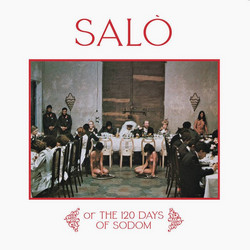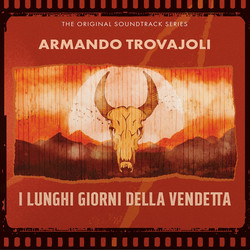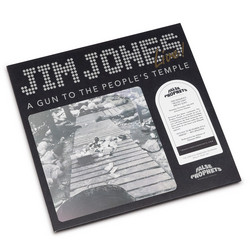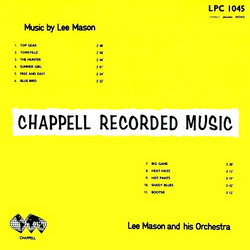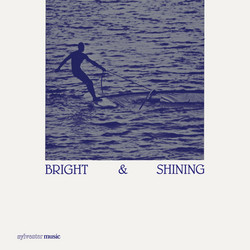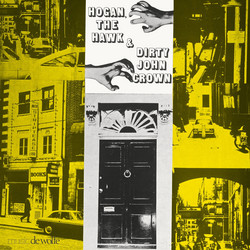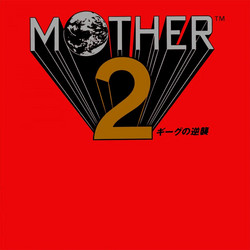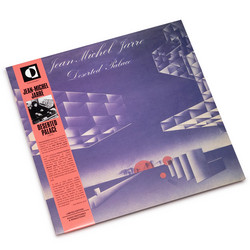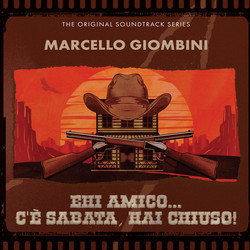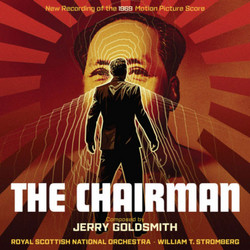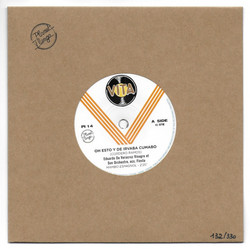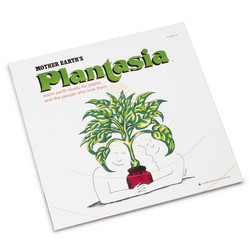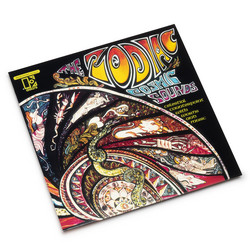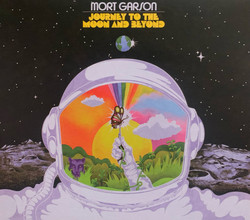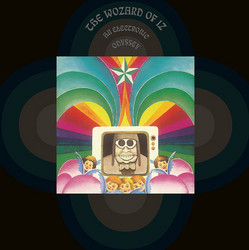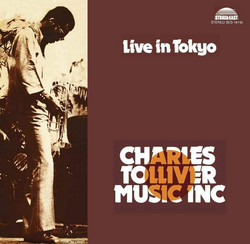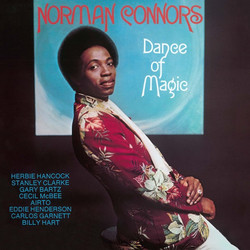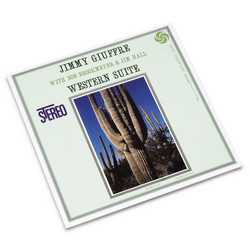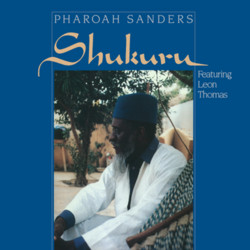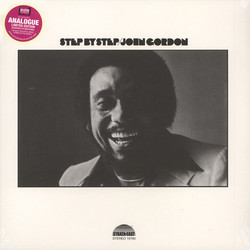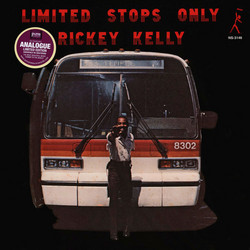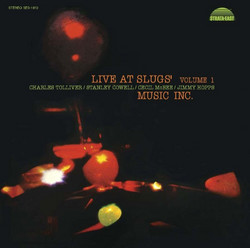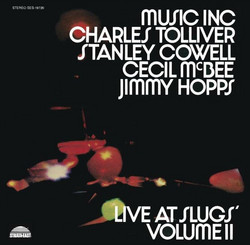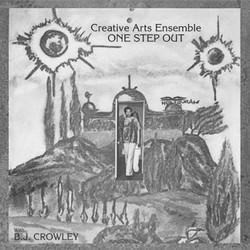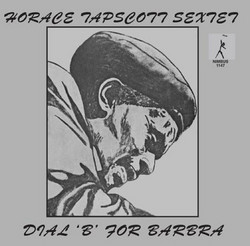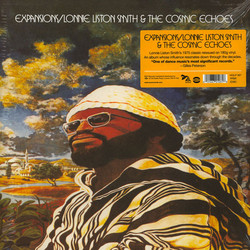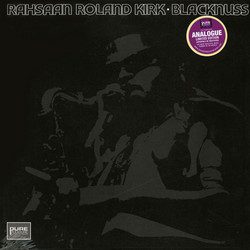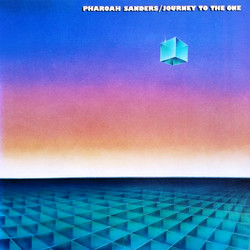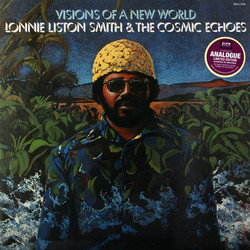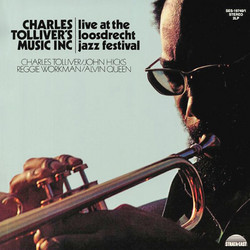Mort Garson, The Zodiac
Cosmic Sounds (LP)
Absolutely essential Cosmic Psych masterpiece now back on Vinyl taken from Analogue Masters and like you’ve never heard it before… The Zodiac: Cosmic Sounds was an album released on the ELEKTRA label in August 1967 in the U.K. It was heavily played by John Peel on his Perfumed Garden shows, where he used it as a basis for a competition (He had been sent a copy by Clive Selwood, the then head of Elektra’s London office and later to become Peel’s manager). The LP was extremely popular with Perfumed Garden listeners and was mentioned in the lyrics of Geoffrey Prowse’s fan tribute to the program, “The Perfumed Garden Blues, or John Peel’s lament”. ''He played the Mothers of Invention and the Velvet Underground / He played some freaky music called the Zodiac Cosmic Sounds..." The 12-track concept album featured both music and spoken narration on the theme of signs of the zodiac. Based on an initial idea by Elektra chief Jac Holzman, it was a collaborative effort with music written by Mort Garson, words by Jacques Wilson, and narration by Cyrus Faryar. The early use of the Moog synthesizer was by Paul Beaver. There was no artist called either The Zodiac or Cosmic Sounds, a fact which confused some buyers of the LP. The back sleeve informed listeners that the record "must be played in the dark". In 1994, Peel played the LP again in full over three months on his BBC Radio One shows in a regular spot shortly after the 5.30 news on Saturday afternoons, to follow a similar run through the ‘Astrology Songs’ album of Harvey Sid Fisher. Peel continued to broadcast selections from the 1967 LP into the 21st century, usually coupled with more contemporary tracks with similar themes.
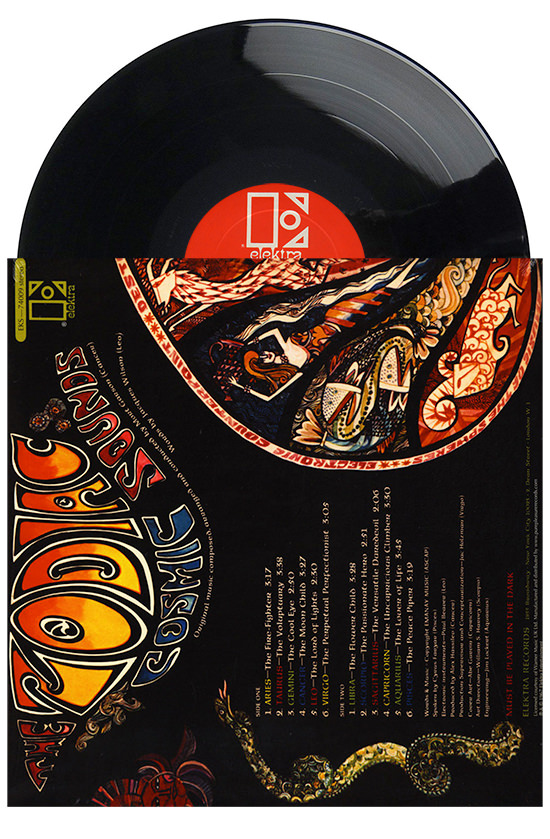
From Julian Cope’s Head Heritage:
This album, complete with psychedelic illustration of the twelve sun signs set on a black background with hand drawn groovy letters, always intrigued me. Not least of all the bright pink legend on the bottom of the back cover which cryptically stated: “MUST BE PLAYED IN THE DARK.” Why? Was it satanic? Would I go mad? Or would I simply forfeit its true meaning by playing it in broad daylight? I mean, later rock albums like “Ziggy Stardust” or “Let It Bleed” would simply require the listener to play at maximum levels, but this? For some reason it vexed the living daylights out of me every time I thought of it. Years later I saw it again in a used record shop. ‘Oh, no,’ I thought by reflex, ‘that Zodiac album again’. As I inspected it, it came to me: Hey...It’s on Elektra. 1967. Released two albums after The Doors’ first.
And it’s psychedelic as all get out. It’s just GOT to be a classic. So just buy the thing and leave a note for the puzzle farm indicating manner of present mental condition: sheer unbalanced madness. Cause: mysterious rock album on Elektra.I bet this never happened to anyone, I thought, “Cosmic Sounds” under my arm and heading home with me in broad daylight, destined for immediate turntable spinning.
I laughed like crazy when the needle hit the first track -- an unmistakable Moog synthesizer WOOOOOOOO came out of the speakers and backed by a totally L.A. sessionman-styled rock out armed with extensive harpsichord action. When it broke down to random sitar strums and the first emergence of three sentence narrations on “Aries-The Fire Fighter”, then I really started to laugh. Looking at the credits, I saw no group credited as such, just “original music composed, arranged and conducted by Mort Garson,” Paul Beaver on electronic instruments and Cyrus Fayar on narration. As well as Elektra’s president, graphic designer, producer, et al., all with their respective zodiac signs in parentheses! The instrumental segment continued for a bit, then crashed to a stop, giving space for the narration with: “Nine times the colour red explodes like heated blood.” I had been laughing at my ridiculously overblown 14-year old paranoia, but now I started laughing at THAT all the way until “Cancer-The Moon Child.” Here I quickly hushed as it had finally reached the cosmic territory promised in the title, an eerie beginning courtesy of the first Moog on a rock album ever. But then it slid into a lighthearted romp with a fuzz guitar straight out of a late sixties commercial for the ultimate airline for swingers! If it continued like this at least until “Virgo-The Perpetual Perfectionist,” I thought, this record will drive me over the brink with laughter. So drew the shades and TURNED OUT THE LIGHT and began again. By the time I did get to “Virgo-The Perpetual Perfectionist” I began to hear the record in a completely different light: Opening with click clack percussion and acoustic guitar and flute, it soon weaved into a harpsichord and Moog texturing that, despite its brevity, was quite beautiful. Side two’s cosmic raga opener, “Libra-The Flower Child” opened with some extremely quiet Moog, accompanied by tablas and sitar. By complete contrast, “Scorpio-The Passionate Hero” was all strident drums marching off to war and many a Moog whoosh as a menacing harpsichord pattern emerged, building with a fuzz guitar. Early synthesizer corkscrews were jettisoned into my darkened room, and I began to notice the how great the album sounded, with a dynamic range approaching that of a classical record. The cheery “jumping Jupiter things” of “Sagittarius-The Versatile Daredevil” appears, all circus-like and the complete opposite to the Capricorn track, the eeriest trip-out on the album. A thin, thin fuzz guitar is plucked against a continual swelling of descending chords, and was VERY effective in the dark. “Aquarius-The Lover of Life” begins as a Latin-based shuffle theme from childhood, all Moog sooth-out and peaceful vibes. “Pisces-The Peace Piper” is just as cosmic, drum-less save for hollow bells struck and atmospherically-correct vibraphones. Echoed, hollowed bells are struck twice in finality, ending an album of timeless themes with a psychedelic perspective that could only have been recorded at this time. The whole integrated package still speaks to me after all these years, and taught me never to be superstitious about liner notes ever again.
